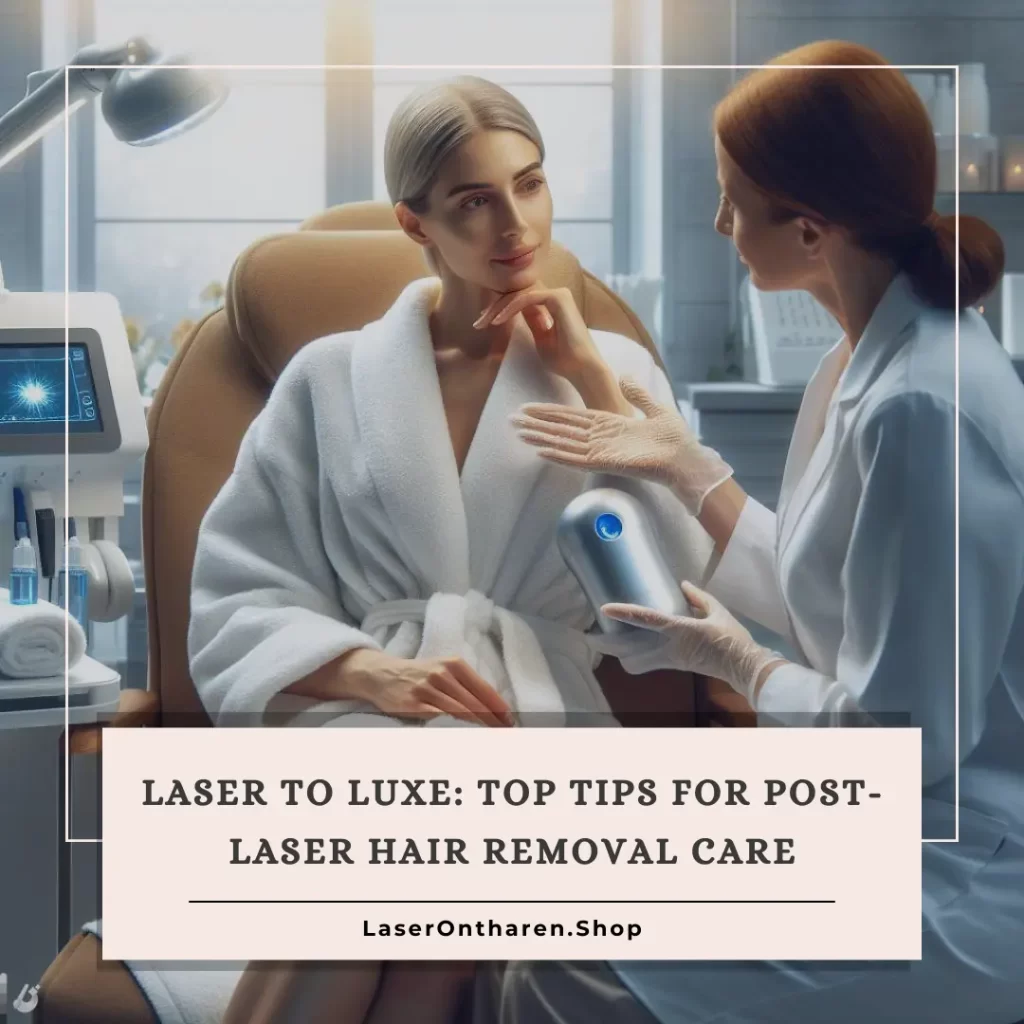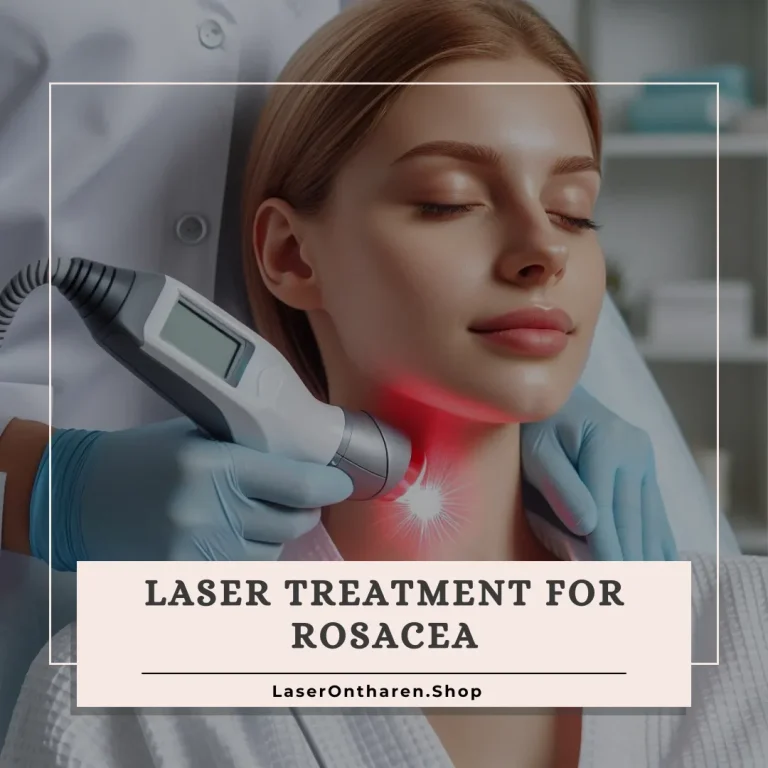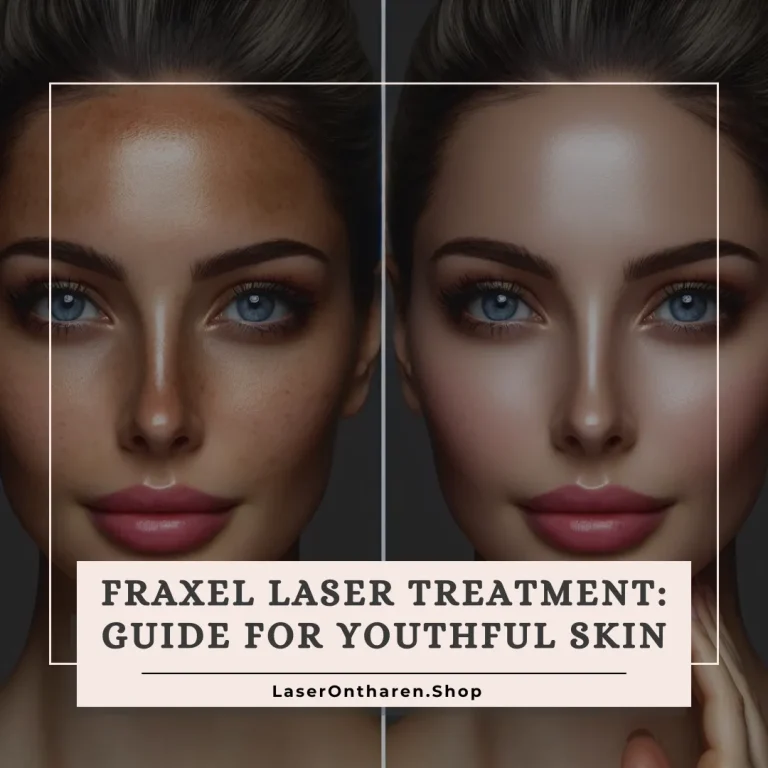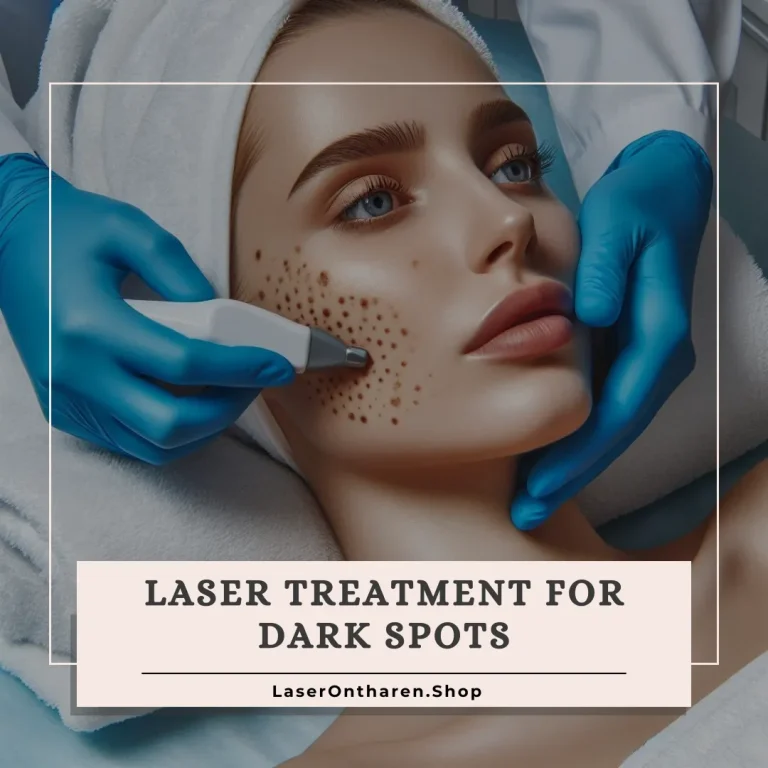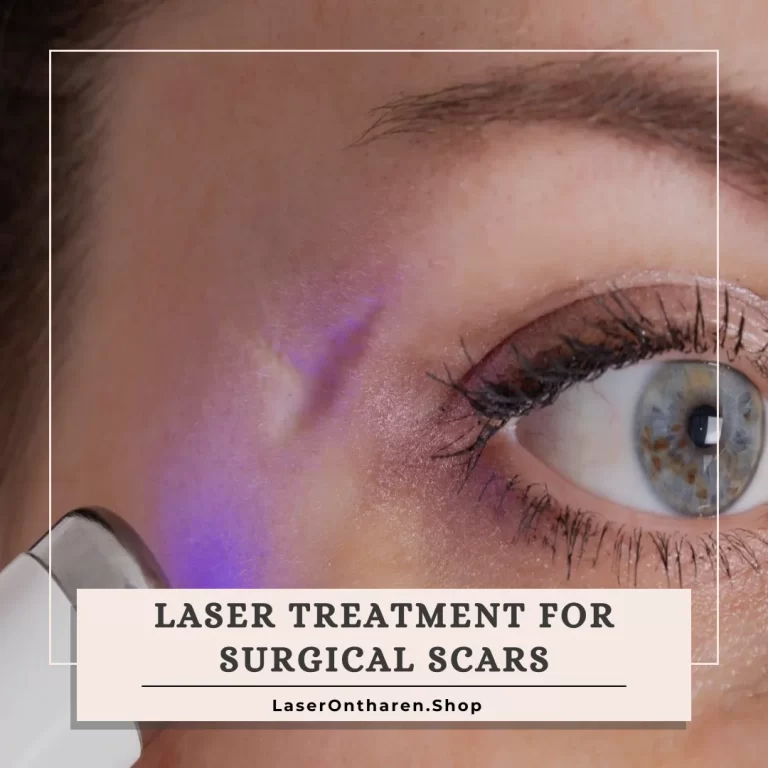In 2023, the global laser hair removal market soared to a staggering $2.2 billion, a testament to the growing demand for smooth, flawless skin.
However,
the key to truly satisfied clients doesn’t just lie in the treatment itself but in the crucial phase that follows – post-laser care.
Unfortunately,
many salons and clinics stumble here, leading to dissatisfied customers and lost business opportunities.
That’s where our innovative laser devices come in, offering not just cutting-edge technology but also comprehensive aftercare guidance, the true key to unlocking ultimate client satisfaction.
Understanding Post-Laser Care Needs
Salon/Clinic Owners
For salon and clinic owners, it’s crucial to implement effective aftercare protocols to ensure client satisfaction and repeat business.
Laser hair removal devices, like Nd: YAG, diode, and alexandrite lasers, operate using infrared radiation absorbed by melanin in hair follicles to destroy hair.
The effectiveness of these procedures depends on various factors, including the training and skill of the operator and the characteristics of the laser itself.
It’s vital for salon and clinic owners to be well-versed in these aspects and to educate their staff accordingly.
Side effects like
- pain
- swelling
- redness
- and blistering
can occur, and using cooling mechanisms during treatments can help reduce these effects.
Therefore,
it’s essential to choose devices with built-in cooling systems and to train staff on how to minimize overlapping laser pulses during treatments.
Dermatologists/Cosmetic Clinics
Dermatologists and cosmetic clinics should focus on medical accuracy and patient safety protocols.
Post-laser skincare is vital and requires using gentle, calming ingredients.
The type of laser treatment (ablative, semi-ablative, or nonablative) determines the skincare regimen required.
For instance,
nonablative lasers typically need a gentle moisturizer, while more aggressive ablative treatments may require a comprehensive skincare program.
Key aspects include gentle cleansing, hydration, avoiding certain ingredients like retinol or alpha hydroxy acids immediately post-treatment, and using sun protection.
Beauty Schools/Training Institutes
Incorporating post-laser care into curricula is essential for preparing future beauty professionals.
Training should emphasize the importance of understanding the different types of lasers and the corresponding skincare needs post-treatment.
For instance,
students should be taught about the sensitivity of skin post-laser treatment and the need for gentle care, including specific products and routines, to ensure optimal healing and results.
Freelance Professionals
Freelance beauty professionals need flexible and portable devices, along with knowledge of efficient aftercare routines.
Understanding the variety of skin responses to laser treatments and being able to advise clients on the best post-treatment care, including product recommendations, is crucial.
They should be adept at educating clients about the importance of gentle cleansing, hydration, and sun protection post-treatment.
DIY Enthusiasts
For DIY enthusiasts, it’s crucial to provide clear, concise instructions and product recommendations for safe at-home care post-laser treatments.
This includes guidance on gentle skincare routines, hydration, avoiding harsh ingredients, and the importance of sun protection.
Given that DIY enthusiasts may not have professional guidance at hand, the instructions should be straightforward and emphasize safety and the importance of following post-care routines diligently.
The Post-Laser Care Journey
Preparation
Pre-treatment consultation and skin assessment: It’s essential to conduct a thorough physical examination to understand the client’s skin type and condition.
Discussing expectations and potential risks is crucial to determine the suitability of laser resurfacing.
Advising clients to avoid sun exposure and stop smoking at least two weeks prior to the treatment can significantly improve outcomes.
Choosing the right post-laser products: Pre-conditioning the skin with appropriate products can enhance the results of the laser treatment.
For example,
using regenerating skin nectar with peptides and botanicals can prepare the skin by clearing old collagen and making way for healthier skin regeneration.
Setting clear client expectations: Ensuring clients are aware of the procedure’s nature, potential side effects, and the recovery process is critical to manage anxieties and ensure informed consent.
Immediate Aftercare (First 24-48 Hours)
Soothing and pain management: Applying cold compresses can help alleviate inflammation and swelling.
Clients should rest with their heads elevated to reduce swelling.
Prescribed pain medications can be taken as needed.
Minimizing swelling and redness: Proper hydration of the skin is crucial. Gentle, sulfate-free cleansers should be used for cleansing without aggravating the skin.
It’s advised to avoid hot water, harsh cleansing devices, or rough washcloths.
Providing reassurance: Informing clients about the normalcy of immediate side effects like redness, swelling, and a sunburn-like sensation helps in reassuring them.
Recovery Phase of laser hair removal (Days 3-7)
Gentle skincare routine: A gentle, cream-based cleanser and barrier cream or moisturizer should be used.
Around day four, a lightweight moisturizer that deeply hydrates and protects the skin can be introduced.
By day five, clients can use a sonic cleansing tool on the lowest setting to lightly slough away peeling skin.
Managing scabbing and flaking: Keeping the “crusts” soft and avoiding forcibly removing them is essential.
The skin will start peeling around day three or four, turning red and gradually fading to pink.
Monitoring progress: It’s important to keep an eye on the healing process and identify any unusual signs that might indicate complications.
Long-Term Maintenance (Weeks 4+)
Sun protection: Sunscreen with an SPF of 30 to 50 should be used as the skin remains sensitive to the sun for several months post-treatment.
Avoiding sun exposure, especially in the immediate weeks following the treatment, is vital to prevent hyperpigmentation and protect the skin’s collagen and elastin.
Incorporating post-laser care into existing routines: After the initial recovery phase, clients can gradually reintroduce their regular skincare products, avoiding ingredients like retinol, vitamin C, and alpha hydroxy acids initially.
Follow-up treatments and consultations: Scheduling follow-up appointments helps in monitoring the skin’s response to the treatment and planning any further sessions if necessary.
Investing in Laser Hair Removal Devices
Our laser devices are not just technological wonders; they are a complete package offering comprehensive aftercare resources and support.
We provide special deals, bundling devices with aftercare products or training materials.
Contact us for free consultations and access to online resources.
For more information on our range of laser devices, visit Laser ontharen, where you can explore products like the
- Purchase High Power Diode Laser Ice Pro A
- Purchase High Power Diode Ice Laser Maxx Double Lever
- Purchase Body Slimming V Shape
- Purchase EMS Sculpting
- Purchase CO2 Fractional Laser.
Advanced Tips for Enhanced Laser Treatment Results
Nutritional Recommendations for Skin Healing and Recovery:
Nutrition plays a pivotal role in skin regeneration and healing post-laser treatment.
While specific dietary recommendations are not detailed in the sources, a balanced diet rich in vitamins, minerals, and antioxidants is generally beneficial for skin health.
Incorporating foods high in vitamin C, vitamin E, and omega-3 fatty acids can support the skin’s healing process.
Post-Laser Massage Techniques:
Lymphatic drainage massages can be beneficial post-laser treatment.
These massages help reduce swelling and promote the removal of waste and toxins from the lymphatic system.
However,
it is important to wait until the skin has sufficiently healed before undertaking any massage therapy to avoid aggravating the treated area.
Managing Specific Concerns:
For concerns like ingrown hairs and hyperpigmentation, gentle exfoliation after the initial healing phase can be helpful.
However,
it’s important to avoid harsh scrubbing or any physical exfoliants that might irritate the skin.
For sensitivity,
using hypoallergenic and non-irritating skincare products is key.
If hyperpigmentation is a concern, products containing ingredients like vitamin C can be beneficial once the skin has healed.
The Role of Medical-Grade Skincare Products in Post-Laser Care:
Medical-grade skincare products can significantly enhance the healing process post-laser treatment.
For instance,
products like SkinCeuticals CE Ferulic, which contains a potent combination of antioxidants including vitamin C, vitamin E, and ferulic acid, are recommended after laser treatments to speed up healing, reduce inflammation, and combat oxidative stress on the treated skin.
It’s important to use these products as directed and integrate them into your skincare routine to maintain and enhance the results of the laser treatment.
These advanced tips can help enhance the results of laser treatments and ensure a smoother recovery process.
It’s always crucial to follow the specific guidelines provided by the healthcare professionals who performed your laser treatment, as they can offer personalized advice based on your skin type and the nature of your treatment.
In conclusion,
the journey of post-laser care is an integral part of the laser treatment process, and we are here to guide you every step of the way.
With our innovative technology and expert guidance, you are poised to lead in the thriving laser treatment market, ensuring not just satisfaction but delight in your clients.
Join us in this journey of transformation and let’s redefine beauty and skincare together.
